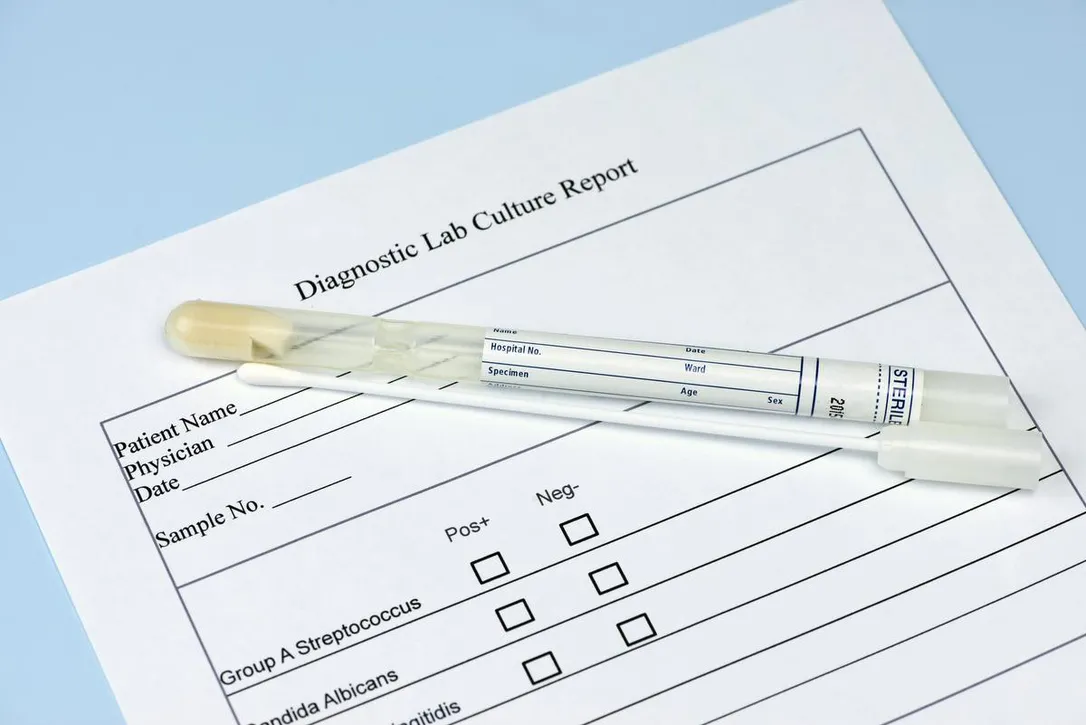Pediatricians, primary care providers and hospital physicians, including those who work in emergency departments and labour and delivery units, are being asked to be on the lookout for “signs and symptoms” of Invasive Group A Streptococcal Disease.
A recent memo from Ontario’s Ministry of Health, obtained by the Star, points to an increase in cases of the potentially deadly bacterial infection in the province and requests physicians be “on the alert” for the disease, which can quickly lead to severe illness.
Though Invasive Group A Streptococcal Disease (iGAS) remains rare, data from Public Health Ontario shows an increase in cases since January, with April having the highest reported monthly case count since the 2014-15 strep season.
And the most recent data from Toronto Public Health shows a “higher than expected” increase in iGAS cases since November, with cases in May rising to more than twice the pre-pandemic average for that month.
Public Health Ontario data show rates are highest among children and infants four years and under and among adults 65 and older.
Dr. Barbara Yaffe, Ontario’s associate chief medical officer of health, requests in the May 23 memo that physicians, primary care providers and midwives “be on the alert for signs and symptoms of iGAS in your patients.
“While iGAS remains relatively uncommon it can progress quickly and may be associated with streptococcal toxic shock syndrome, sepsis … meningitis, pneumonia and other life-threatening conditions resulting in death,” Yaffe said.
Dr. Allan Grill, chief of family medicine at Markham Stouffville Hospital, a part of Oak Valley Health, said he and his colleagues have seen an increase in non-invasive strep A infections this winter and spring, including strep throat, and welcome the provincial alert on iGAS.
“This (memo) puts our radar up a bit, it makes us look for things a little bit more,” said Grill, a family physician. “The public doesn’t need to panic because (iGAS) is still a rare occurrence. But we have to take the infection seriously.”
What is invasive group A strep?
Group A strep disease is a common bacterial infection that often leads to mild illnesses that are commonly treated with antibiotics, including strep throat, skin infections such as impetigo, and scarlet fever.
The bacteria, which are typically harmless and are often found in the throat or on the skin, are spread from person to person through respiratory droplets or from direct contact with secretions from the nose, throat or wounds.
In rare cases, the bacteria can enter the blood, joints or deep muscle tissue, causing more severe and potentially life-threatening infections. These include pneumonia; meningitis; septicemia, or blood poisoning; and necrotizing fasciitis, also known as flesh-eating disease.
Young children, people who are pregnant or who recently gave birth, and adults over 60 are at greater risk of developing iGAS. People who have weakened immune systems, including those undergoing chemotherapy or who have HIV, as well as people with chronic diseases are also at higher risk.
An increase in iGAS cases
In Ontario, 894 iGAS cases were reported between Oct. 1, 2022, and April 30, 2023, with Public Health Ontario noting an increasing trend in cases since January. During that same period, six children under 18 and 113 adults died of the disease.
According to the agency’s most recent summary, iGAS cases reported each month between October 2022 to April 2023 “exceeded the number of cases for the same months in each of the five pre-pandemic seasons, with the exception of October 2017 and January 2018.”
April iGAS cases — close to 180 cases were reported province-wide — added up to the highest monthly total since the 2014-15 season, the data shows.
The rise in iGAS cases is being seen nationally and around the world with health authorities in other jurisdictions, including the U.S. Centers for Disease Control and Prevention, posting alerts. Cases of iGAS dropped during the pandemic due to public health measures such as masking and distancing.
Experts say the increase in iGAS cases may be due to the recent spike in circulating respiratory viruses — a triple threat of COVID-19, influenza and RSV hit hospitals hard last winter — alongside the lifting of public health measures. Epidemiological studies suggest a link between iGAS infections and getting sick with respiratory viruses.
Dr. Richard Hamat, a pediatrician at Humber River Hospital, said he is aware of “several” patients requiring hospitalization for iGAS in the Toronto area this year.
“These are very, very severe cases where it’s become extraordinarily aggressive in certain individuals,” said Hamat, also a pediatrician at the Vaughan Pediatric Clinic in Woodbridge. “I can’t recall any cases of invasive strep in previous years. This is very unusual.”
In a statement to the Star, Toronto Public Health said there is a “higher than expected increase in iGAS cases in recent months, starting in November, and reaching a peak in March where there were 34 reported cases compared to a pre-pandemic five-year mean of 14 cases for that month.”
Toronto data shows there were 124 iGAS cases between January and the end of May — up from 41 cases reported during the same time period the previous year. The five-year average between 2013 and 2018 for January to May was 72 cases.
What are signs and symptoms of invasive strep?
Non-invasive strep, including strep throat, can be easily diagnosed with a rapid swab, and most patients will improve within 24 hours following treatment with antibiotics, said Hamat, who advises patients book a followup appointment if they do not improve after 24 hours.
Parents should call a doctor if their child has a sore throat or rash with a high fever and doesn’t “perk up” or respond to over-the-counter pain and fever medications, he said. They should also quickly seek medical attention if their fevered child “has a change in consciousness,” such as “not appearing responsive or acting more confused,” he said.
Grill said it’s important to keep an eye on rashes and skin infections; a rash that spreads quickly, with the area hot to the touch and painful, could point to a potential invasive strep infection. Another warning sign is an extremely bad headache accompanied by a stiff neck, which could indicate meningitis caused by invasive strep.
“And if the infection gets in your blood, leading to sepsis or blood poisoning, people tend to be lethargic,” said Grill. “Whether it’s a child or an adult, if you can’t wake them up, if they’re so tired that it’s hard to rouse them, this is a red flag.”
While invasive strep infections are rare, Grill said seeking medical care quickly is key because “patients can go from feeling pretty good to getting very sick quickly, within 12 to 24 hours.”
Patients with iGAS typically require aggressive treatment with intravenous antibiotics, he said.
Are there ways to lower the risk of invasive strep?
Good hand hygiene, including washing hands after coughing and sneezing and before and after eating, can help minimize strep infections, said Grill.
Evidence shows that a previous viral infection puts someone at higher risk of invasive strep, which is why keeping up to date with routine immunizations, such as those for chickenpox and influenza, is important, he said, noting older adults also benefit from pneumococcal vaccines.
Hamat also advises parents about the benefits of vaccines and that having a child vaccinated against chickenpox will help lower the risk of iGAS.
“Chickenpox has always been a risk factor for invasive strep but now potentially even more so,” he said. “We can’t vaccinate against strep, but we can have timely doctors’ visits when you’re sick, know the signs and what to look out for and prevent one of the risk factors by keeping up with your usual vaccinations.”

